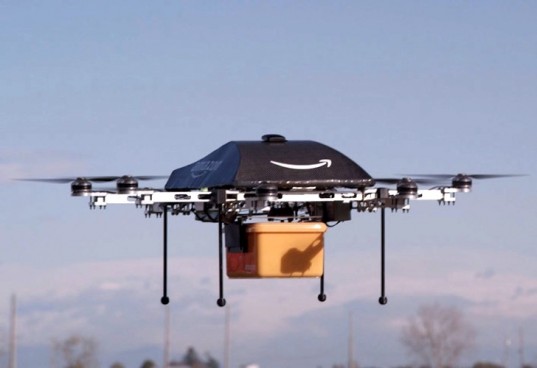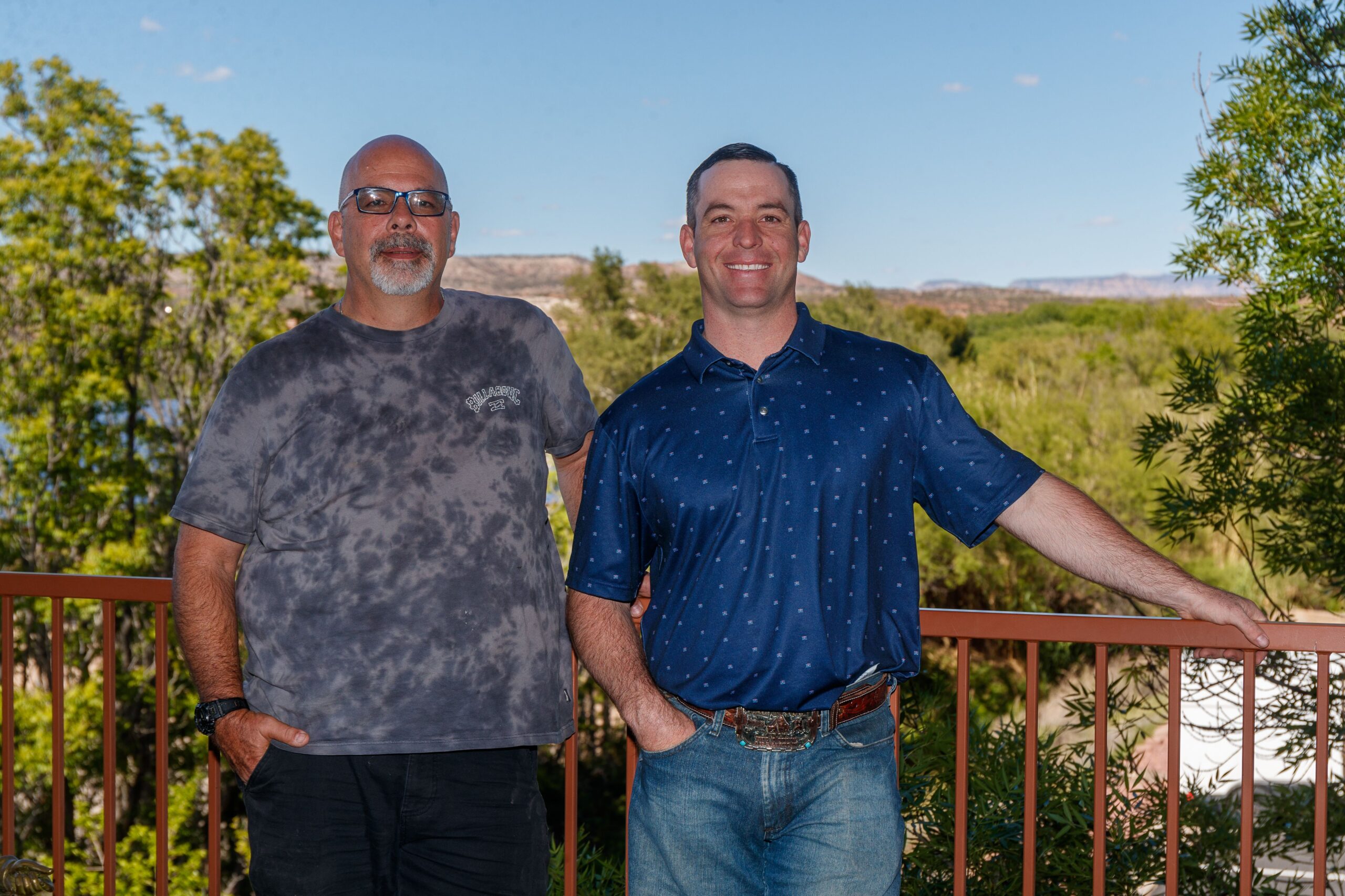In the big shopping days following Thanksgiving — Black Friday, Small Business Saturday and Cyber Monday — I heard lots of talk around the Verde Valley about the future of shopping delivery, namely a suggestion that the largest online shopping service, Amazon, could potentially start delivering orders by unmanned drone. According to related news stories, companies are also considering delivering pizzas and mail packages by drone.
his weekend, as we approach the prime time for holiday shopping, people around the Verde Valley have asked me when drones will start delivering packages in our area.
Fear not, open skies advocates, the airspace above the Verde Valley won’t likely be filled with unmanned drones anytime soon.
 Small drones with a limited flight time of 20 to 30 minutes and a range of only a few hundred yards from the pilot are available for a few hundred dollars. Real estate agents use them for aerial photos of properties, farmers use them to monitor crops, commercial photographers use them to take some stunning photos and filmmakers use them for movies.
Small drones with a limited flight time of 20 to 30 minutes and a range of only a few hundred yards from the pilot are available for a few hundred dollars. Real estate agents use them for aerial photos of properties, farmers use them to monitor crops, commercial photographers use them to take some stunning photos and filmmakers use them for movies.
Drones are currently flown by law enforcement agencies in Texas and Florida to give police on the ground a view from the air. While the FBI is the only federal agency to currently use drones in a few operations, because of liability, possible invasion of privacy and proposed legal challenges from the American Civil Liberties Union, use by other federal law enforcement agencies is undergoing scrutiny by the Department of Justice Inspector General.
Congress directed the Federal Aviation Administration to integrate drones into commercial airspace by 2015 and mandating that they fly at an altitude where they do not interfere with wildlife or commercial aircraft.
Use by commercial agencies for home delivery, however, is a long way off, if ever.
Firstly, drone use by commercial entities is still technically illegal, but that would only take a few congressional bills to overturn.
Navigating the streets of major cities from several hundred feet up would be relatively easy compared to restrictions in the Verde Valley, namely avoiding noise-sensitive wilderness areas. Deliveries to Oak Creek Canyon and to properties in the Red Rock Secret Mountain Wilderness Area would be out.
Drones eat up tons of power, so a drone coming from Phoenix would need enough juice for the long flight from an Amazon depot to the customer’s home in Camp Verde, Clarkdale or Cottonwood and the flight home. Temperature differentials and shifting winds would wreak havoc on propeller systems. One strong gust of wind would turn a $4,000 drone and its expensive cargo into a worthless pile of debris that the company or U.S. Forest Service rangers would have to pay to recover. The first falling drone to kill a person on the ground would spell the end of the practice, or at least huge liability insurance rates.
Drones also rely on radio signals for navigational control. They would be hard-pressed to work in parts of the Verde Valley and other rural parts of Arizona where radio reception is spotty or nonexistent.
Drones could easily be shot down or have their navigation hacked, meaning free pizza or iPhones for “drone pirates.”
Additionally, Verde Valley residents opposed to aircraft over our cities are a vocal bunch. They would be joined by scores of others if drones made their way into our neighborhoods, or if they started falling from the sky.
Christopher Fox Graham
Larson Newspapers



